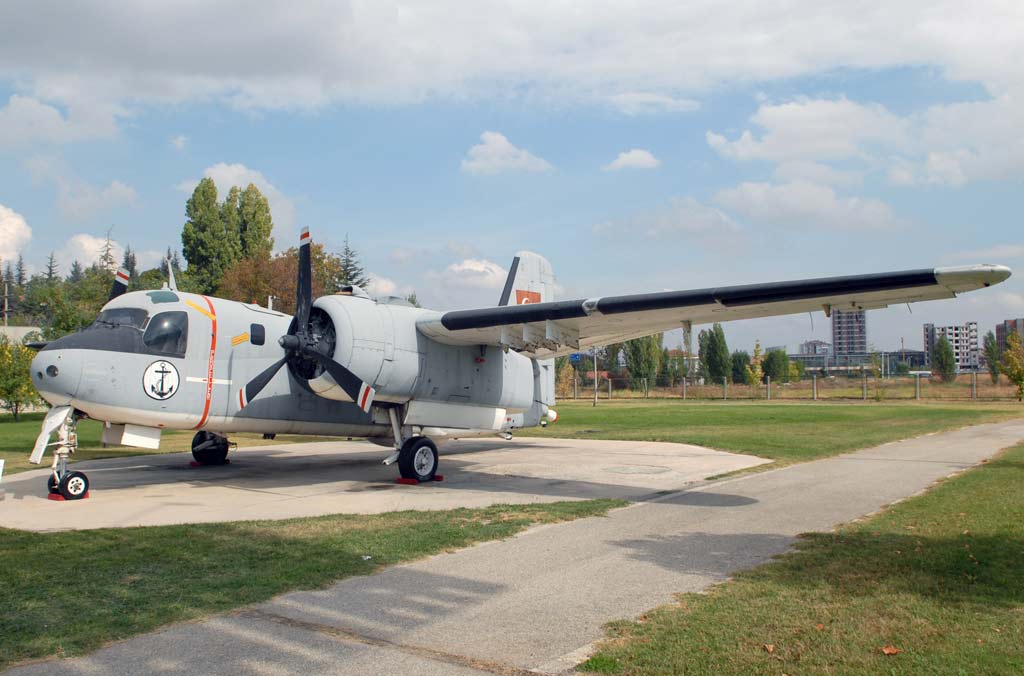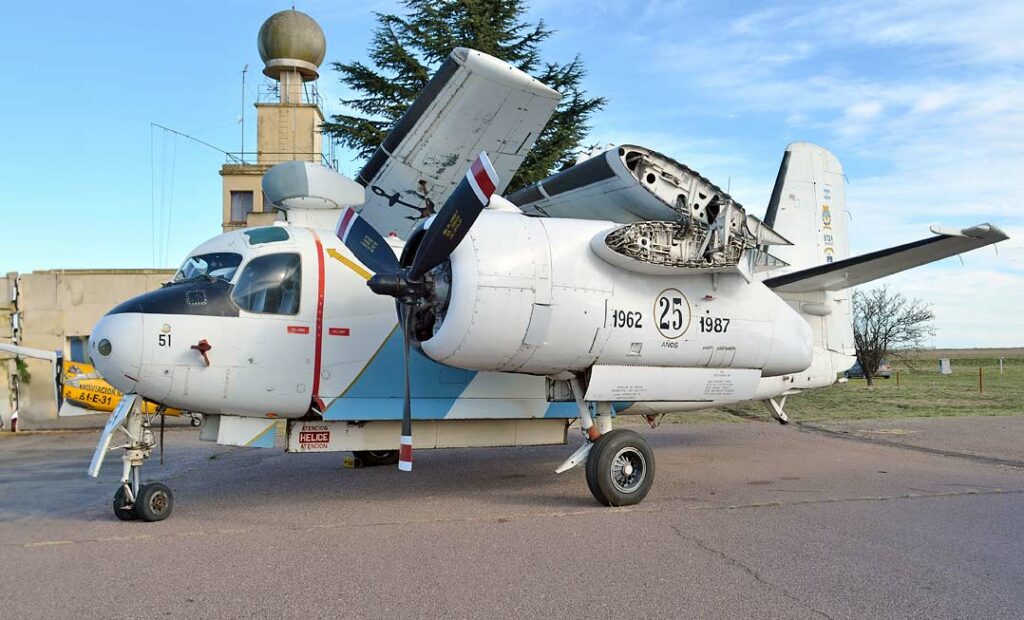Twin-engine, carrier-based anti-submarine warfare aircraft, operated by various navies globally, with multi-mission capabilities.
In Brief
The Grumman S-2 Tracker, developed in the early 1950s, was the first aircraft designed specifically for anti-submarine warfare (ASW) to be deployed from aircraft carriers. The S-2 Tracker combined the roles of detection and attack into a single airframe, significantly enhancing the United States Navy’s capabilities in ASW operations. It featured a crew of four and was powered by two Wright R-1820 radial engines. The Tracker was a versatile aircraft, equipped with advanced radar, magnetic anomaly detectors, and weaponry including torpedoes and depth charges. Over 1,000 units were produced, and while it was retired from U.S. service in the mid-1970s, the Tracker continued to serve in various roles, including firefighting, in several countries well into the 21st century.
The Grumman S-2 Tracker represents a significant milestone in naval aviation, marking the transition to specialized aircraft for anti-submarine warfare.

History of the Development of the Grumman S-2 Tracker
Developed to meet the urgent need for effective anti-submarine warfare during the Cold War, the Grumman S-2 Tracker was a response to the growing threat of Soviet submarines. The United States Navy, recognizing the limitations of existing ASW aircraft, initiated the development of a purpose-built aircraft. Grumman was awarded the contract in 1950, and the Tracker first flew in December 1952. It entered service in February 1954, quickly becoming the Navy’s primary carrier-based ASW aircraft. The S-2 Tracker was unique for combining detection and attack capabilities in one airframe, a significant advancement over its predecessor, the AF Guardian, which required two separate aircraft for these roles.
Design of the Grumman S-2 Tracker
The S-2 Tracker was a robust and versatile aircraft, designed to operate from aircraft carriers. Its design included a high wing configuration, allowing for a clear underbody for sensor and weapon deployment. The aircraft was powered by two Wright R-1820-82WA radial engines, providing a balance of power and reliability. It had a wingspan of 22.12 meters, a length of 13.26 meters, and a height of 5.33 meters. The Tracker’s design also featured a retractable undercarriage and a pressurized cabin, accommodating a crew of four. It was equipped with advanced radar and a magnetic anomaly detector for submarine detection. The internal bay could carry torpedoes and depth charges, vital for its ASW role. Despite its capabilities, the Tracker was eventually overshadowed by more advanced aircraft due to its limited speed and range compared to newer jet-powered models.
Performance of the Grumman S-2 Tracker
The S-2 Tracker’s performance was well-suited for its ASW role. It had a maximum speed of 426 km/h at sea level, and a patrol speed of 241 km/h. The aircraft’s service ceiling was approximately 6,400 meters. The S-2 Tracker’s range and endurance were critical for extended patrols over vast ocean areas. It had a ferry range of approximately 2,095 km. Compared to its contemporaries, the Tracker offered a unique combination of endurance, payload capacity, and specialized equipment for ASW operations. However, its performance was limited in terms of speed and maneuverability compared to jet aircraft that entered service later.
Variants of the Grumman S-2 Tracker
The S-2 Tracker had several variants throughout its service life, each designed to fulfill specific roles. The initial model, the S2F-1 (later redesignated S-2A), was followed by improved versions such as the S-2B, S-2C, and S-2E, each featuring incremental upgrades in radar, engines, and weapons systems. Additionally, there were specialized variants like the S-2G, which were obtained second-hand and refurbished for specific customers. The Tracker’s versatility also led to its conversion into other roles, such as the C-1 Trader for carrier onboard delivery and the US-2A for utility roles. Several Trackers were later modified for use as firefighting aircraft.

Military use and Combat of the Grumman S-2 Tracker
The Grumman S-2 Tracker served primarily in the anti-submarine warfare role during its military tenure. Its primary armament included torpedoes and depth charges for engaging submarines. The Tracker saw extensive service with the U.S. Navy and was also operated by naval forces of several other countries, including Argentina, Australia, Brazil, and Canada.
The Grumman S-2 Tracker, a significant player in naval aviation history, was specifically designed for anti-submarine warfare (ASW). This aircraft, a product of the Cold War era, was a cornerstone in maritime military strategy, offering a sophisticated blend of on-board sensors and weapons systems dedicated to hunting and neutralizing underwater threats. Its deployment marked a significant shift in naval air operations, emphasizing the importance of sub-surface warfare.
Back to the Special Aircraft section